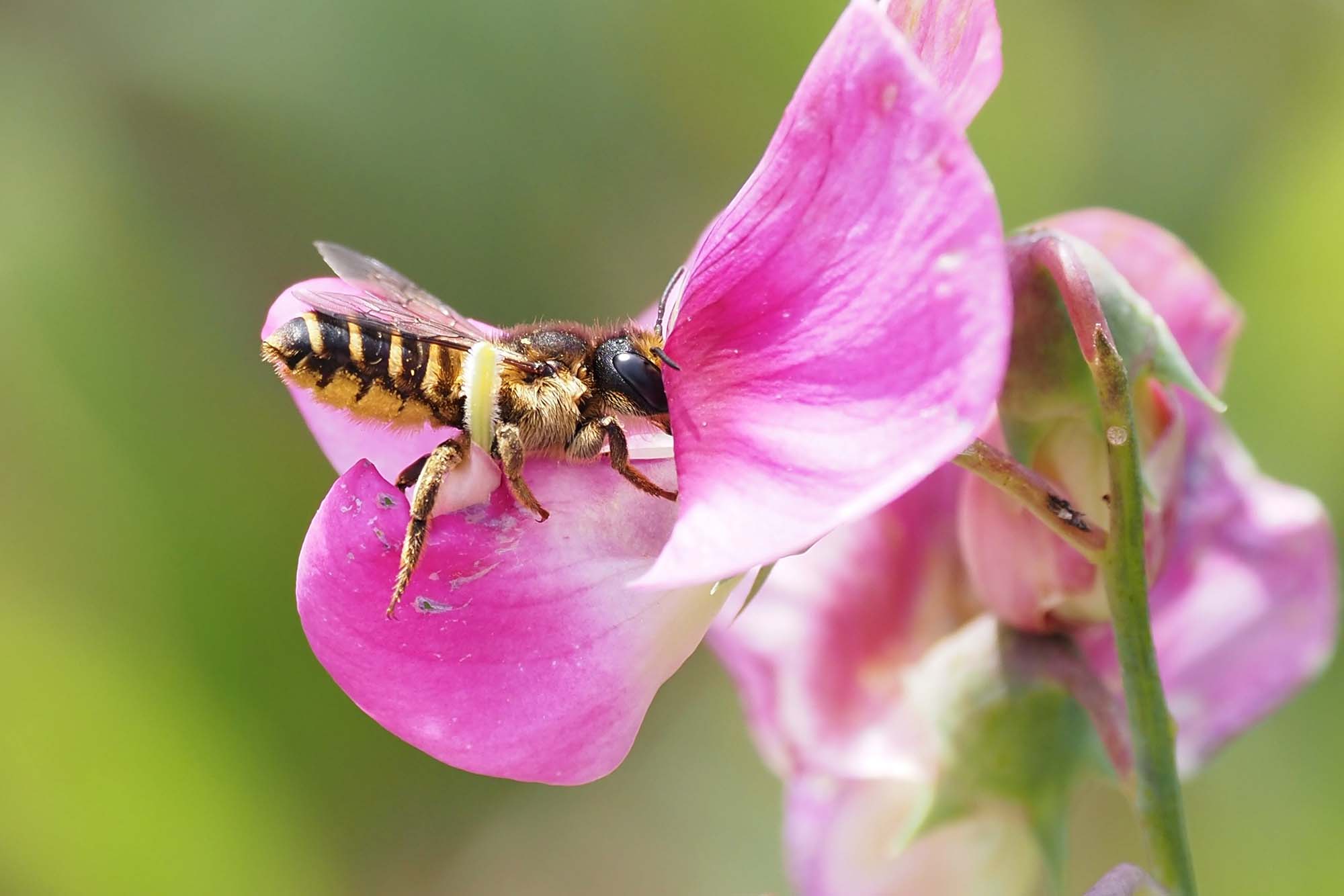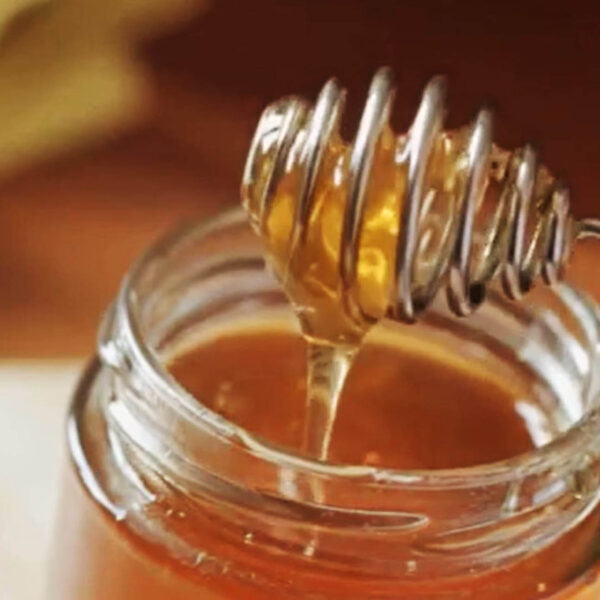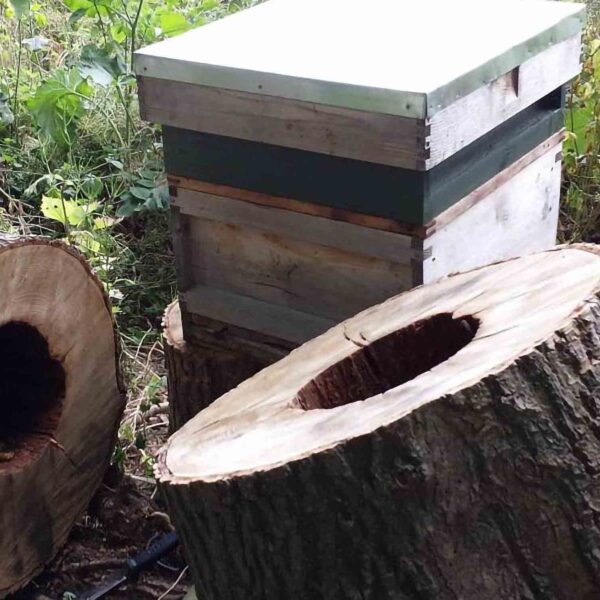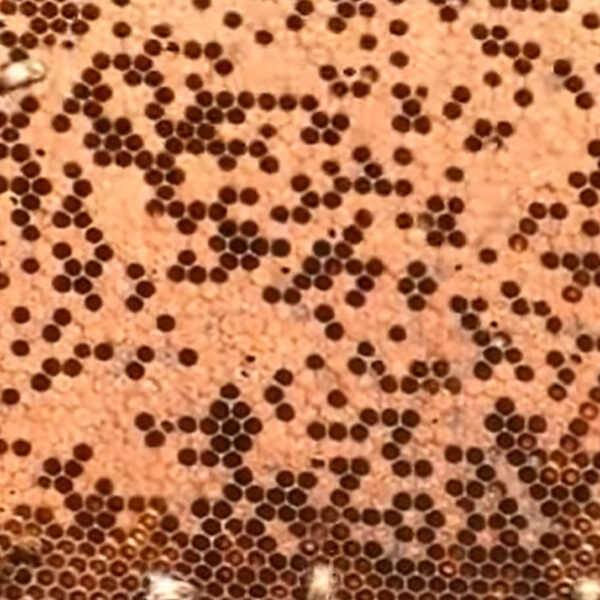The venomous cocktail injected by bees exists longer than the insects themselves, scientists in Germany have discovered.
Researchers at Goethe University in Frankfurt am Main cooperated with experts from other higher-education institutions for their study.
They carried out a genomic examination of venom applied by Hymenoptera, a large order of insects which originates in the Triassic, a 50-million-year geologic period which started 252 million years ago.
Study leader Dr Björn von Reumont explained: “Little was previously known about the origins of their venom.”
The toxins are complex mixtures consisting of proteins and enzymes. The gene for the venom melittin is found only in bees.
When bees sting humans, the insects push a barbed stinger into the skin. The stinger contains proteins that affect the immune system. Getting stung can be life-threatening to anyone allergic to these substances.
The team of researchers headed by Von Reumont studied protein databases and investigated the proteins in the venoms of the western honeybee and two solitary species, the violet carpenter bee and the great banded furrow bee.

The evolutionary biologist said they had found the same 12 so-called families of peptides and proteins in all the examined hymenopteran venoms.
Dr Van Reumont concluded: “These are evidently a common ingredient in these venom cocktails.”
The experts then searched for the genes of these 12 peptide and protein families in the genome of 32 hymenopteran taxa such as sweat bees, stingless types, wasps and ants.
A spokesperson for Goethe University said: “The differences in these genes, in some cases only the exchange of single letters of the genetic code, helped the scientists to determine the relationship between the genes of different species and later, with the help of artificial intelligence and machine learning, to compile a lineage of the venom genes.”
The researchers determined that many of the investigated venom genes were present in all hymenopterans. They concluded that the common ancestor of all hymenopteran taxa already possessed these genes.
Van Reumont said: “This makes it highly probable that hymenopterans are venomous as an entire group.”
The study could be a starting point for tracing the evolution of venom genes in the ancestors of Hymenoptera as well as various specialisations.











